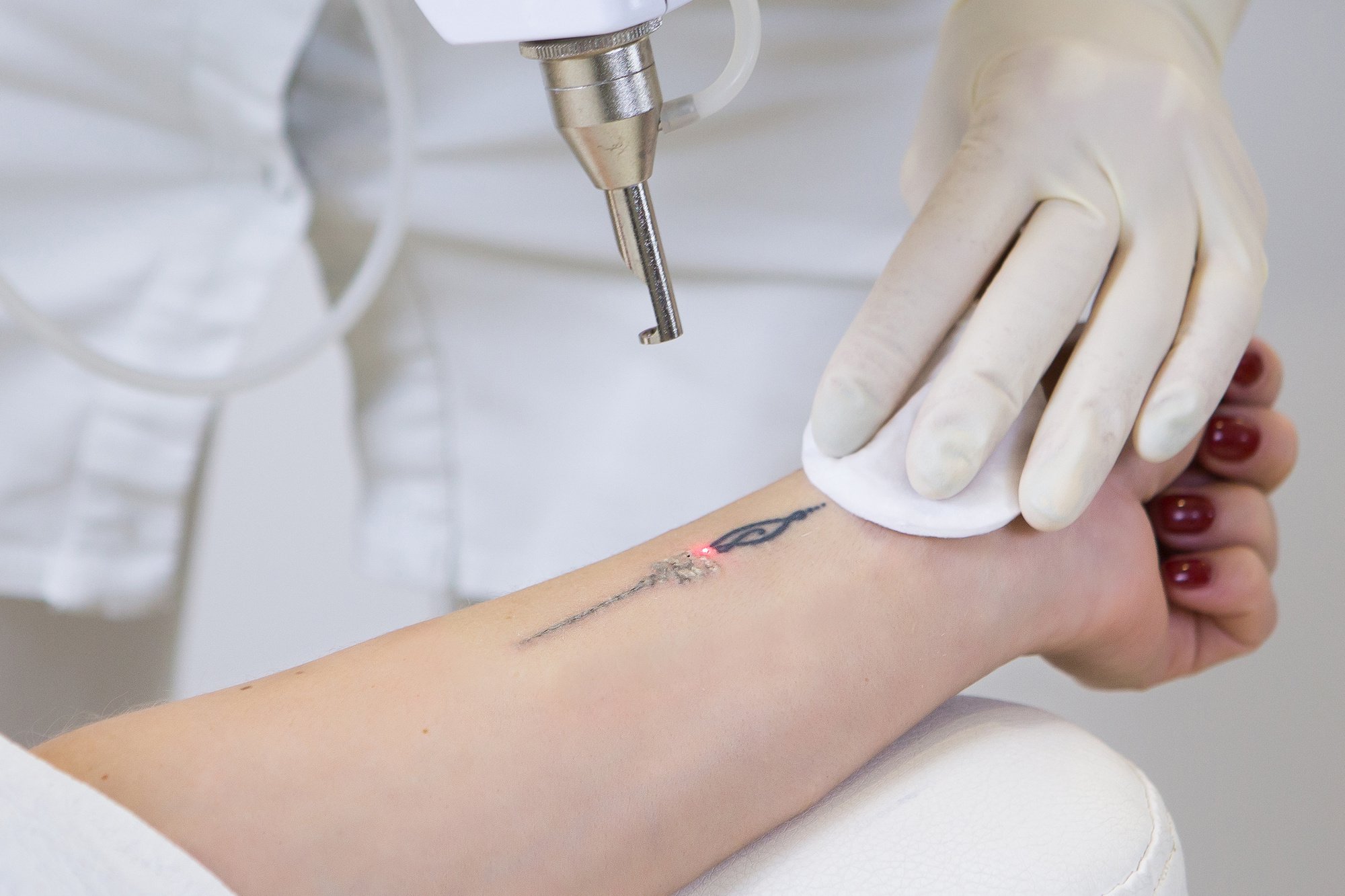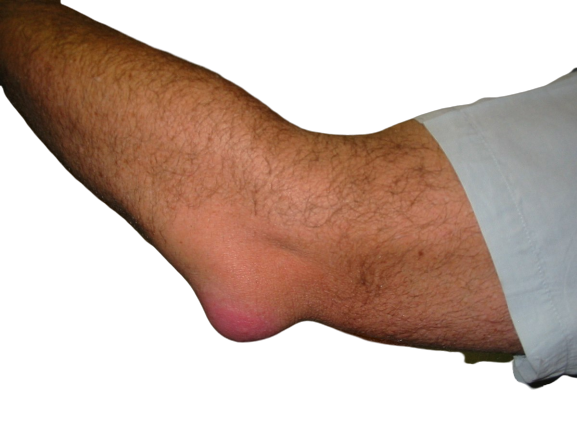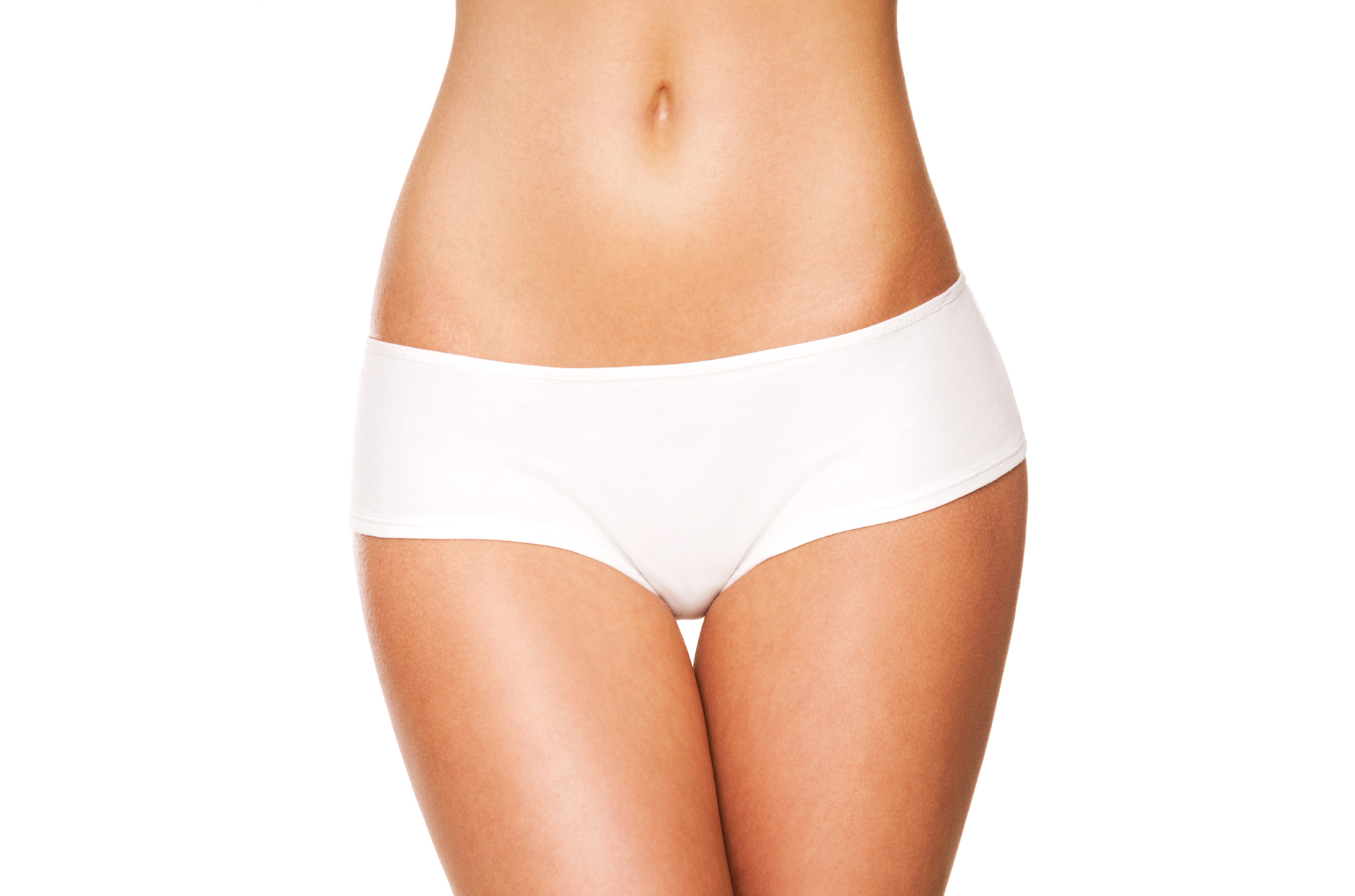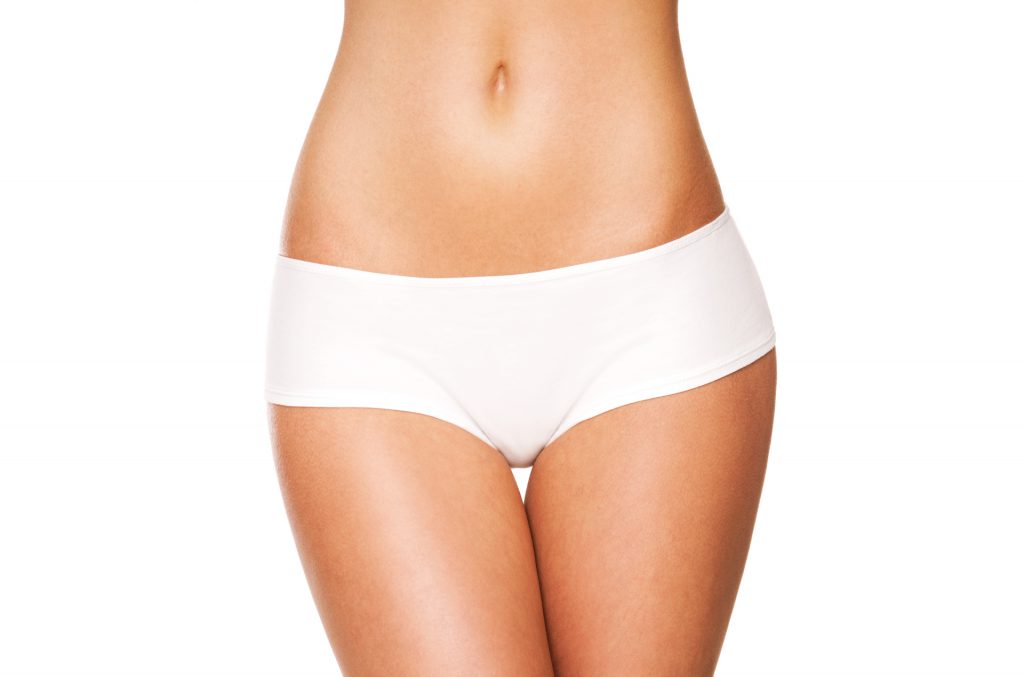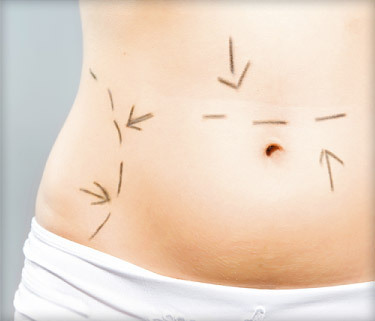Laser birthmark removal
Any mark, spot, or bump that is present in or around the time of birth on the skin of an infant is a birthmark. Mothers are fond of giving these rather romantic names such as angel’s kisses, stork bites, or beauty marks. Most of these lesions are not particularly esthetically desirable.
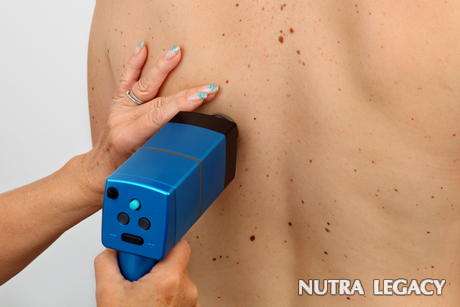
What are the different types of birthmarks?
Birthmarks can be categorized according to their composition. Marks as a result of excessive accumulations of melanin are called pigmented birthmarks, since the great majority of them are brown to black. Other birthmarks appear lighter than the rest of the skin due to a relative lack of melanin.
Some birthmarks are composed of blood vessels and are called vascular birthmarks. They are generally red, blue, or purple. Other birthmarks are composed of lymphatic tissue (cystic hygroma), breast tissue, and epidermal tissue, which are often yellow to flesh-colored.
What are the characteristics of pigmented birthmarks?
Pigmented birthmarks can be flat or elevated. They may simply be due to excessive deposition of melanin pigment in the deeper layers of the skin called dermal melanosis. This is particularly common in more heavily pigmented infants and is commonly called a Mongolian spot. More frequently, there are accumulations of melanin produced by and contained in pigment cells called melanocytes. The medical term for such a concentration of melanin-producing cells is a nevus. These nevi are generally small, no larger than ¼ inch diameter, however, they can be quite large, covering a significant portion the infant’s skin.
What are the characteristics of vascular birthmarks?
The color of vascular birthmarks ranges from light pink to dark purple, and they can be either flat or elevated. Their size is quite variable, as well. Certain types of vascular birthmarks can evolve and change after birth.
What causes birthmarks?
Most birthmarks are probably due to defective migration of cells during fetal development. Once these cells start to multiply, they produce tissue with the characteristics of their cell type though they are not where those cells typically are located.
symptoms and signs associated with birthmarks
Pigmented birthmarks, aside from their coloration, cause no symptoms. Vascular birthmarks of certain types can produce significant symptoms. The identification of the type of vascular birthmarks may be difficult and require certain advanced imaging techniques as well pathological examination of samples of the birthmark. Certain vascular birthmarks called hemangiomas can begin as flat lesions at birth but enlarge rapidly during the first few months of life. They may ulcerate and disappear slowly, leaving only a scar. If this type of lesion is situated adjacent to an important anatomical structure like an eye or mouth, it may need to be treated to hasten the natural resolution.

